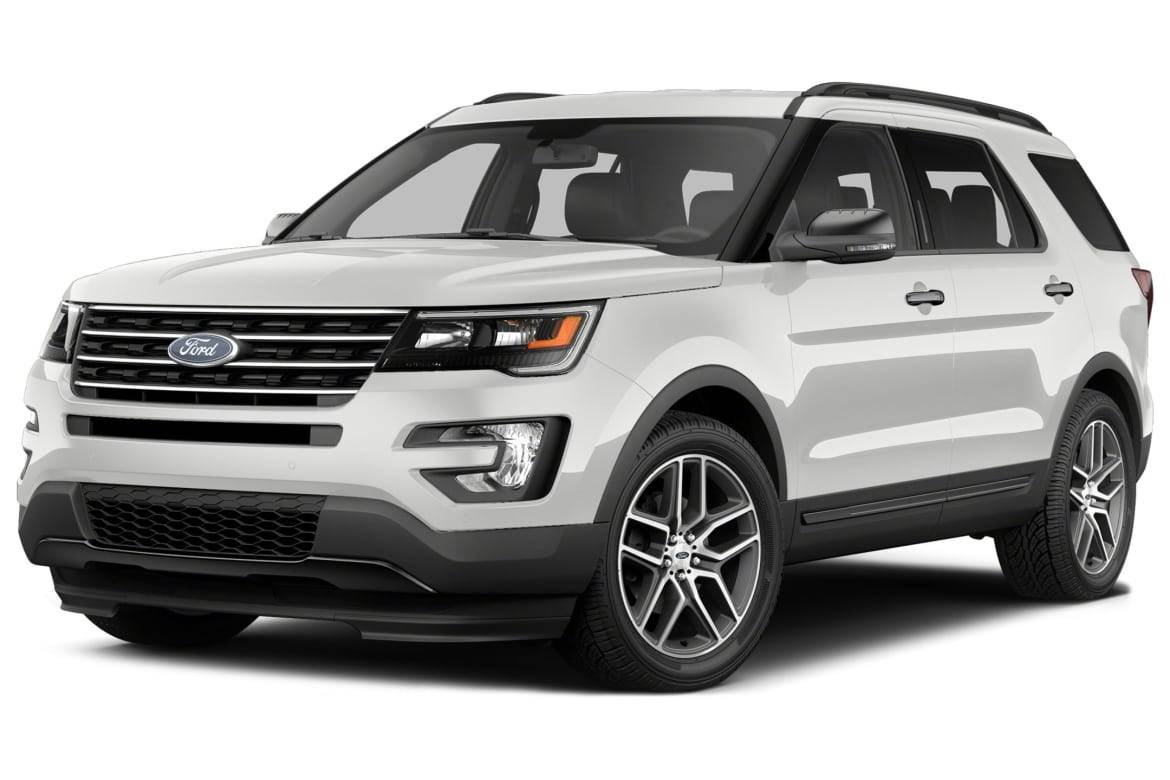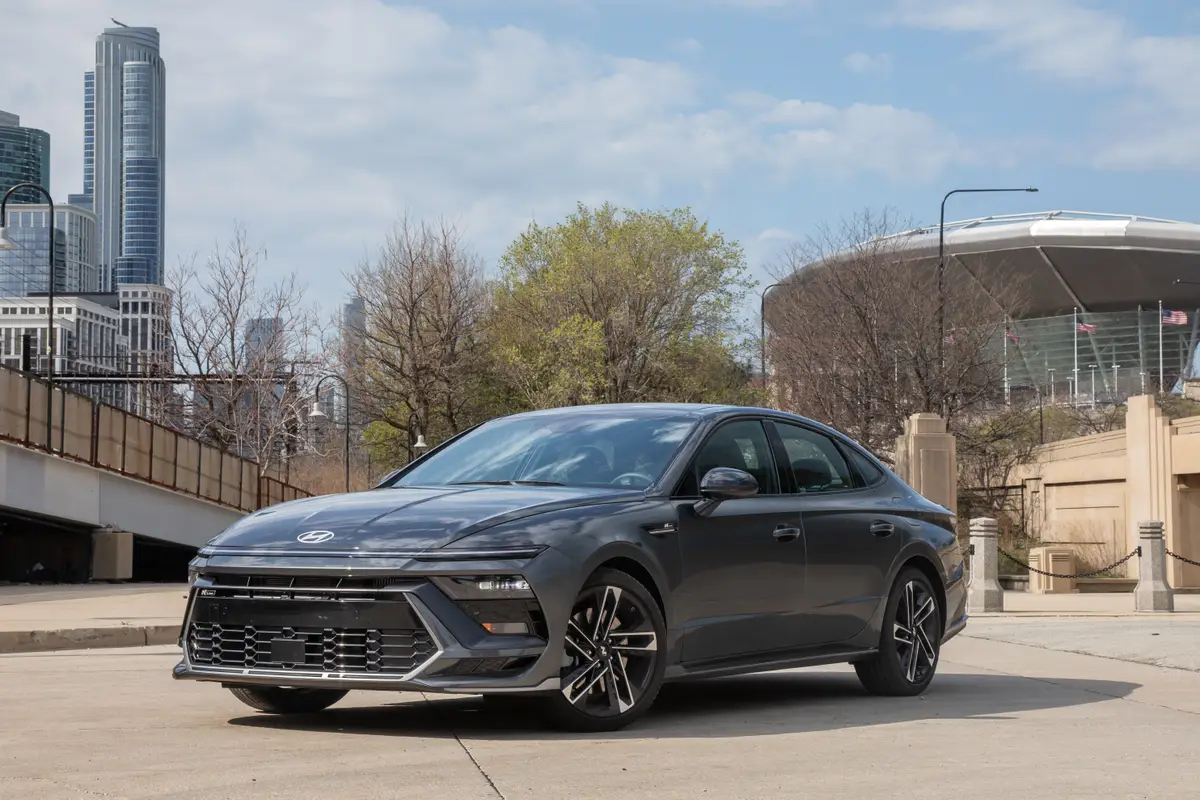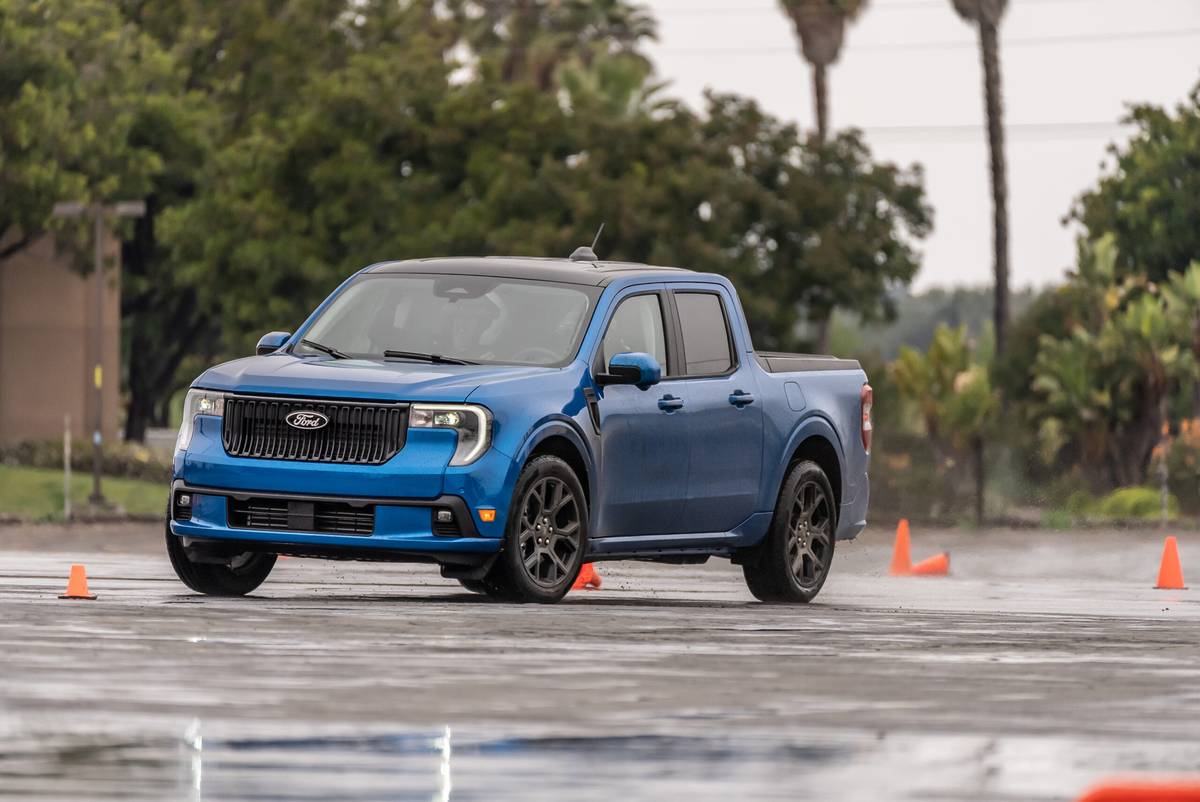The Detroit News's view
BARCELONA, Spain–The story that’s been retold by more than one Volkswagen AG employee concerns former Chairman Ferdinand Piech, who in an earlier role as head of research and development for Audi, Volkswagen’s luxury arm, was testing a prototype in northern Africa.
According to the story, the prototype broke down miles from civilization, and Piech was eventually rescued by several members of a local tribe of Berber-speaking herdsmen. The tribe is known in Saharan Africa as the Tuareg. These non-Arabic people practice Islam, herd cattle and keep slaves, and the men, not the women, wear veils.
I asked a VW official in Europe about the story and got the cryptic response: “I’ve heard that one, too.”
For the record, no one at the German automaker seems to know exactly why the company’s brand-new sport-utility vehicle was named Touareg. Or why they chose to use the obscure French spelling, rather than the more common Tuareg. But that very ambivalence characterizes the 2004 VW Touareg, a rather ordinary-looking, five-passenger SUV with a plush and tastefully appointed cabin and a most uncommon aplomb.
When the Touareg (pronounced TOUR-egg) arrives next May in North America, the basic six-cylinder model will be priced from around $36,000 — twice the cost of a Jetta station wagon — and will joust in the premium SUV segment with such noteworthy competitors as the Acura MDX, BMW X5 and Mercedes-Benz M-class.
The Touareg will also compete with its close cousin, the all-new Porsche Cayenne. The two vehicles were jointly developed by VW and Porsche, although each is built in a different factory (Touareg in Bratislava, Slovakia, and Cayenne in Leipzig, Germany). Each vehicle looks markedly different inside and out, and the Porsche is being positioned well upmarket of the VW.
In the foothills of the Pyrenees, we tested a range-topping all-wheel-drive variant of the Touareg with VW’s stunning new 5.0-liter V-10 turbo-diesel. “Stunning” may not do this engine justice. It makes an impressive 313 horsepower, but its astonishing 550 pounds-feet of torque truly boggle the mind. All that power is harnessed to a six-speed automatic transmission with manual-shift capability (including a pair of weird-looking shift paddles behind the steering wheel).
VW doesn’t plan to offer the V-10 turbo-diesel in the States before model year 2005 at the earliest. In the meantime, U.S. buyers will be able to opt for a 4.2-liter V-8 gas engine that delivers 300-plus horsepower, in addition to the base 3.2-liter V-6, which is rated at 220 horsepower. (A fourth Touareg engine, a 2.5-liter five-cylinder turbodiesel, is earmarked exclusively for Europe and markets outside North America.)
The Touareg appears to be quite capable off-road, with full-time four-wheel drive and an electronically controlled variable differential lock among its features. We actually forded a swollen stream, with the water above the side sills, with absolute assur ance and no evidence of water leaks.
The vehicle’s on-highway presence is equally impressive, thanks in part to a sophisticated air-suspension system on the uplevel model that automatically adjusts ride height depending on vehicle speed. The basic V-6 version comes with double wishbones and 17-inch wheels and tires while the V-8 and V-10 get larger 18-inch rubber.
With the air suspension, body roll is virtually imperceptible on all but the tightest corners. Steering, via a power-assisted rack-and-pinion unit, is remarkably crisp for a vehicle of this size, and the four-wheel disc brakes grip reassuringly. For additional tractability, ABS, traction and stability control systems are standard.
VW’s new SUV doesn’t look or feel as coarse as the Mercedes or as brutish as the BMW. Rather, it feels more refined and somewhat akin to the Acura, although you’d be hard-pressed to guess its plebian roots from the sumptuous and lavishly furnished interior — one of the nicest we’ve encountered this side of a Range Rover, with a lavish amount of leather, wood and aluminum affirming its premium status.
Uplevel models will get full power accessories, including extras like electric tilt/telescope steering column and dual-zone Climatronic air conditioning (a four-zone system is optional). The Touareg is also something of a high-tech showcase for VW, offering such features as twilight and rain sensors for lights and wipers, as well as park distance control and keyless ignition. Occupants are protected in collisions by front, side and head air bags.
Despite all the whiz-bang equipment, cushy accoutrements and technical prowess, the Touareg disappoints mightily on the outside. From the front, the vehicle betrays its blue-collar lineage, with styling cues drawn liberally from the Passat and Jetta, while from the side it is simply anonymous.
Perhaps that external anonymity was by design. But it seems puzzling, given the Touareg’s dazzling and distinctive cabin.
If you’re prepared to shell out $60,000 or more for the top-of-the-line Touareg, with that awesome turbo-diesel, presumably horsepower and comfort matter more to you than style — or a silly name that few people outside of the Sahara can pronounce with ease.
2004 VW Touareg SUV
Wheelbase: 112.4 inches
Length: 187.2 in.
Width: 75.9 in.
Height: 68.0 in.
Weight: 4,881 lbs
Engine: DOHC 5.0L V-10 turbodiesel
Output: 313 hp.
Base Price: $36,000 (est.)
Price As Tested: $68,000 (est.)
Where Built: Bratislava, Slovakia
U.S. Intro Date: May 2003
Competitors: Acura MDX, BMW X5, Cadillac SRX, Infiniti FX45, Lexus RX330, Mercedes-Benz M-class, Porsche Cayenne
Latest news


2025 Hyundai Sonata N Line Review: Banish Boring

